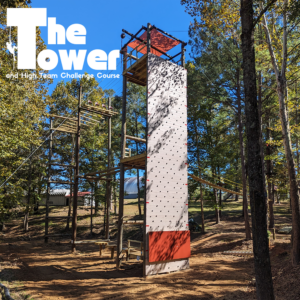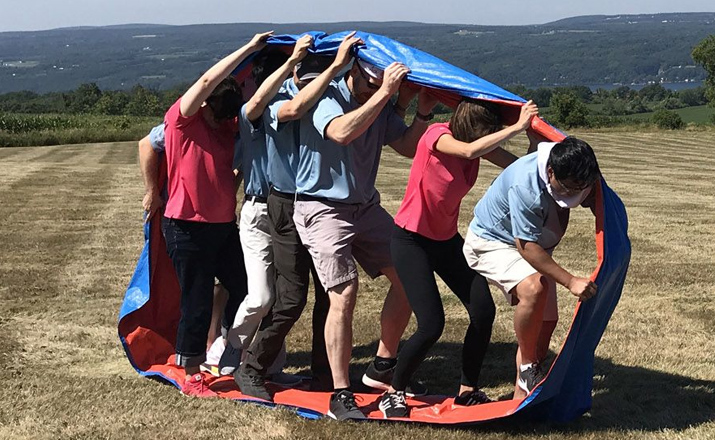Immerse Your Team in a Dynamic Difficulty Program Experience for Development and Unity
In the world of team growth and cohesion, the utilization of vibrant challenge training courses has arised as a compelling approach to foster development and unity among group members. As groups face these tests together, they are commonly confronted with the possibility to uncover untapped potential, deepen bonds, and uncover new techniques for working collectively in the direction of typical objectives.
Benefits of Dynamic Difficulty Courses
Taking part in vibrant obstacle courses uses groups a hands-on possibility to develop necessary communication and analytic abilities in a physically appealing atmosphere. These training courses give a distinct setting where staff member are encountered with various obstacles that require partnership, efficient interaction, and fast decision-making to get over. By taking part in activities such as high ropes courses, team building games, and problem-solving challenges, participants are pressed out of their convenience areas, fostering personal and group development.
One significant benefit of vibrant obstacle training courses is the improvement of interaction abilities within groups. With dealing with difficulties together, team members learn to connect better, pay attention proactively, and supply clear directions to one another. These experiences translate straight right into the work environment, enhancing overall teamwork and performance. In addition, these programs promote analytical skills by requiring groups to assume seriously, plan, and adapt to changing scenarios right away. This capability to resolve problems efficiently under stress is a beneficial possession in any specialist setup. In general, vibrant challenge programs use an alternative approach to group development, integrating physical task with skill-building to promote unity and growth.
Group Building With Barrier Navigating
Browsing barriers as a team offers an unique chance for fostering collaboration and reinforcing social connections within a group. The process of getting over difficulties together requires reliable communication, trust, and mutual assistance. Obstacle navigation on a dynamic difficulty program motivates staff member to count on each other's staminas, problem-solving capabilities, and resilience. By challenging psychological and physical difficulties as a natural unit, group members learn to take advantage of specific skills for the cumulative benefit of the group.

Enhancing Interaction Skills and Depend On
Structure upon the structure of strengthened interpersonal connections established through overcoming challenges as a team, the focus now shifts in the direction of improving communication abilities and cultivating trust within the team dynamic. Efficient interaction is essential for making sure that team participants understand each other's point of views, goals, and techniques. By participating in tasks that require succinct and clear communication, such as browsing an obstacle course blindfolded or resolving a trouble with minimal spoken cues, employee can practice active listening and efficient expression of concepts.
Trust is another critical aspect in team characteristics. Trusting your teammates suggests counting on their abilities, intents, and dependability. Via collaborative challenges that require a high degree of trust fund, such as a trust autumn or a ropes program where staff member rely upon each other for safety, look at here individuals learn to allow go of worry and uncertainty, promoting a sense of unity and cohesion within the team. By refining communication skills and constructing trust fund, groups can accomplish higher harmony and productivity.
Fostering Friendship and Unity
Unity among team members is the cornerstone of a solid and cohesive group dynamic, crucial for attaining shared goals and fostering a sense of friendship. Promoting friendship within a team can be accomplished through different activities during a vibrant view it difficulty program experience. By getting involved in difficulties that require teamwork and control, group participants develop a deeper link and understanding of one an additional, leading to a strong sense of unity.

Approaches for Long-Term Team Development
To maintain and bolster the team's development in time, tactical planning and constant initiative are extremely important complying with the growing of camaraderie and unity within the group. Team Challenge Course in Alabama. One effective approach for long-lasting team development is to establish clear objectives and objectives. By defining certain targets, group members can align their initiatives towards a common function, promoting inspiration and liability. Normal communication is likewise essential in preserving team cohesion. Encouraging open discussion, offering useful comments, and actively listening to group participants can boost partnership and depend on within the group.
In addition, spending in constant knowing and growth chances can assist employee acquire brand-new skills, remain engaged, and adjust to advancing obstacles. Whether with training programs, workshops, or mentorship campaigns, providing opportunities for expert and individual development can add to the group's overall success. Additionally, acknowledging and celebrating achievements, both large and a knockout post small, can increase morale and enhance a favorable team culture. By carrying out these approaches regularly, teams can navigate barriers, accept adjustment, and prosper in the future.

Verdict
In final thought, vibrant obstacle courses use countless advantages for team growth and unity. These experiences offer a platform for long-term group advancement and growth, leading to a much more cohesive and reliable team dynamic.
In the realm of team development and cohesion, the use of dynamic challenge courses has arised as a compelling technique to promote growth and unity amongst group participants. By engaging in tasks such as high ropes training courses, team structure games, and analytical difficulties, participants are pressed out of their comfort areas, cultivating personal and team growth.
In significance, group structure via challenge navigating is an effective method to cultivate an interconnected and supportive team dynamic.
